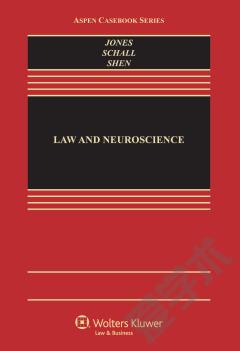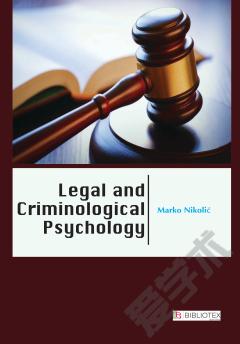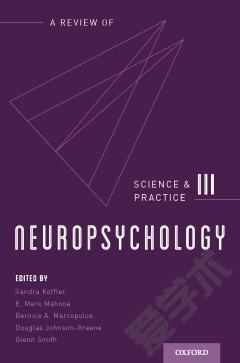Law and Neuroscience
This provides the Summary Table of Contents and Chapter 1 of our coursebook âLaw and Neuroscienceâ (forthcoming April 2014, from Aspen Publishing). Designed for use in both law schools and beyond, the book provides user-friendly introductions, as well as detailed explorations, of the many current and emerging issues at the intersection of law and neuroscience. One part of the book lays general foundations by exploring the relationships between law and science generally, and by comparing the views from law and from neuroscience regarding behavior and responsibility. A later part explains the basics of brain structure and function, the methods for investigating each, and both the promise and the limitations of modern neuroscience technologies. Core themes the book addresses include new law/neuroscience issues pertaining to: brain injuries, pain and distress, memory, emotions, lie detection, judging, adolescence, addiction, and brain death. Closing units explore current and coming legal issues surrounding cognitive enhancement, brain-machine interfaces, and artificial intelligence. The materials also consider: international neurolaw, psychopathy, decision-making, mental health, the aging brain, the veteranâs brain, behavioral genetics, prediction of future dangerousness, and neuroethics. Given the scope and nature of coverage, the book is designed to serve both as a coursebook and as a reference text for judges, practicing attorneys, and scholars interested in law and neuroscience.
{{comment.content}}








 京公网安备 11010802027623号
京公网安备 11010802027623号